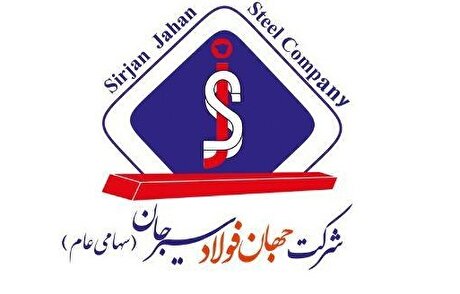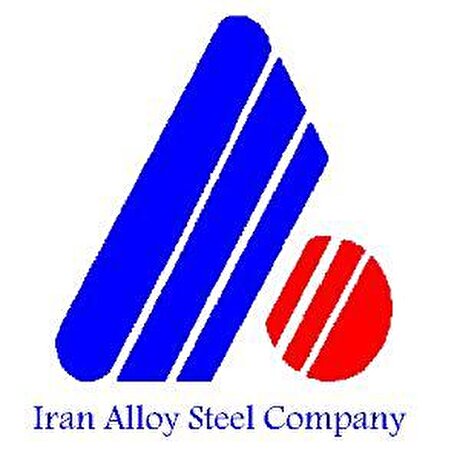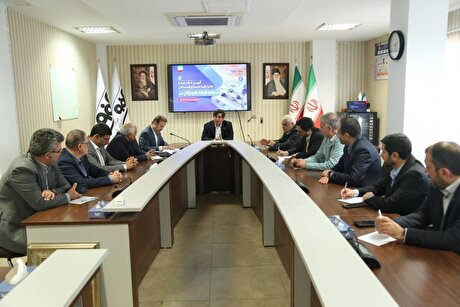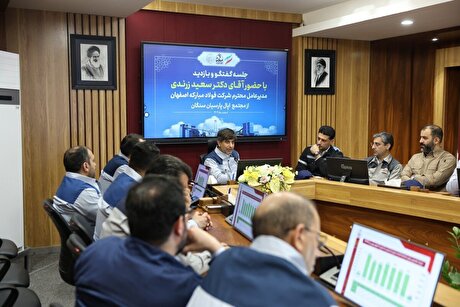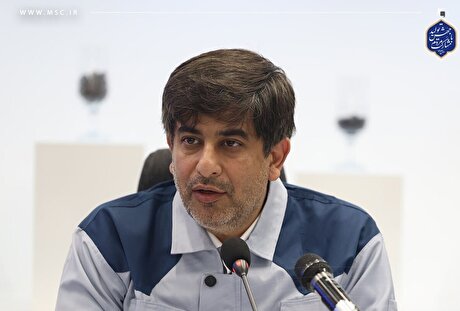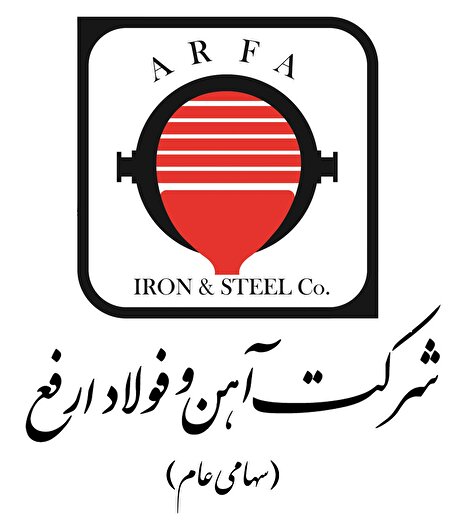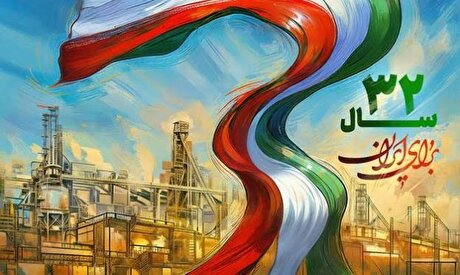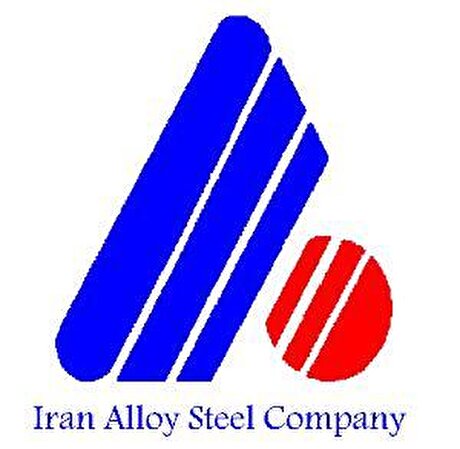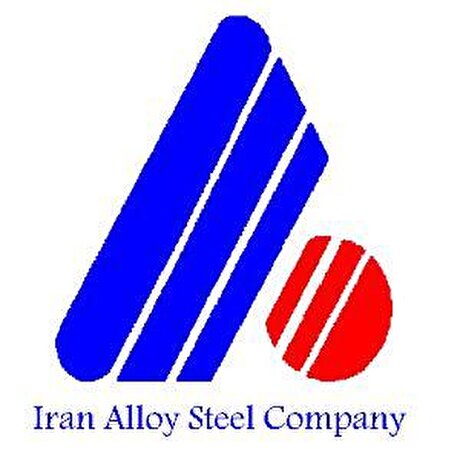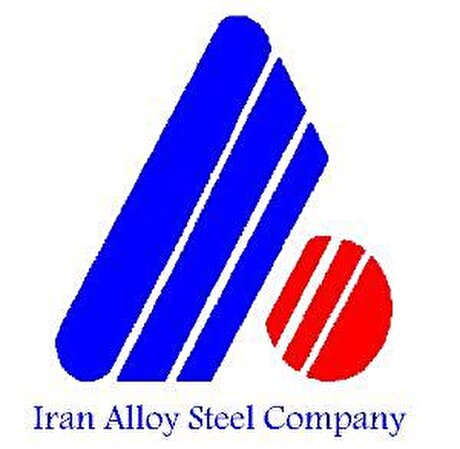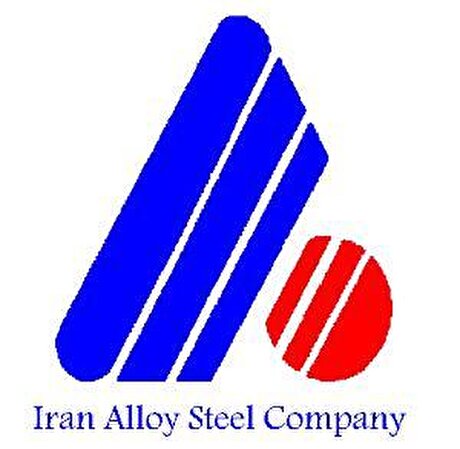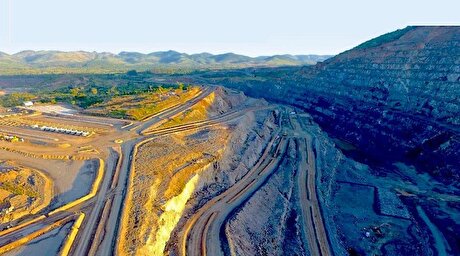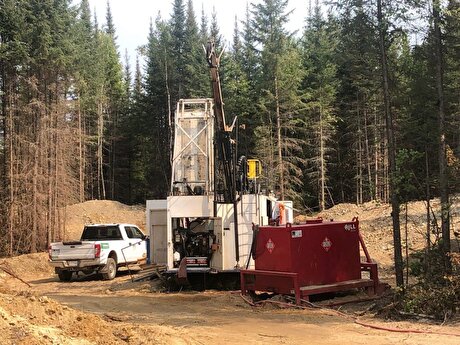
Jask oil terminal’s storage capacity to be increased
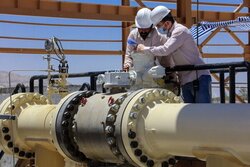
Regarding the storage tanks of the Goreh-Jask oil pipeline project, Abdollah Ahmadi said that 20 tanks, each with 500,000 barrels capacity, with a total storage capacity of 10 million barrels will be set up in Jask.
On July 22, Iran started pumping oil into Goreh-Jask strategic pipeline. The project was officially inaugurated by a direct order from President Hassan Rouhani via videoconference.
The national and strategic project for the transfer of crude oil from Goreh in southwestern Bushehr province to Jask terminal in southern Hormozgan province, with the support and leadership of the Ministry of Oil and the National Iranian Oil Company (NIOC) was implemented benefiting from the highest domestic capabilities.
Goreh-Jask pipeline project is going to provide Iran with an alternative route for the country’s crude oil exports that are currently carried out through the Strait of Hormuz. The pipeline will open a new gate for Iranian oil to the Indian Ocean by transferring it from Goreh in Bushehr Province to Jask on the shores of Oman Gulf.
Implementation of this project took place with about $2 billion investment, and with the aim of creating a daily export capacity of one million barrels of crude oil through the new Jask terminal, ensuring continued oil exports, decentralization of export terminals and diversification of oil export centers, sustainable development and job creation on the shores of Makran, where a capacity of 300,000 barrels of oil (per day) has been provided so far, and this capacity will gradually increase to one million barrels in the near future.
The share of more than 90 percent of domestic manufacturing and maximum use of the power of Iranian contractors and manufacturers is one of the most important features of this national plan; 250 contractors and domestic manufacturers have participated in the project’s implementation and by relying on domestic capabilities, the equipment and goods required for the project were manufactured domestically for the first time in the country.
Another notable feature that stands out in this national plan is building about 1,000 kilometers of crude oil transmission pipeline and putting it into operation in less than two years, with full reliance on domestic capabilities.
Source: Tehran Times

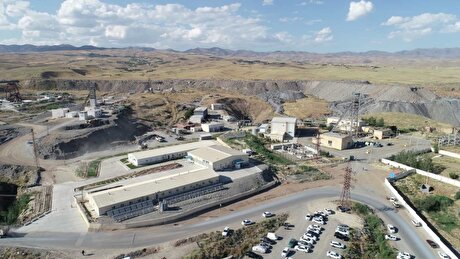
Navoi saw first half output value double on higher gold prices

BHP to explore battery partnerships with CATL, BYD

Fatalities rise for second year in global mining sector
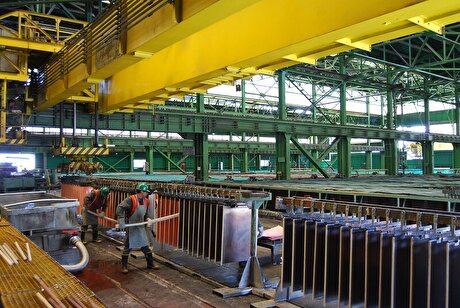
Smelter mishap stokes shutdown push at Codelco
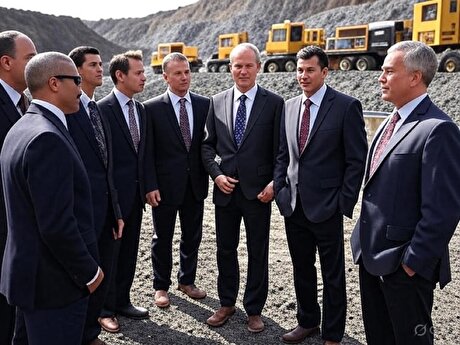
CHART: Nvidia hits $4 trillion – how do mining stocks stack up?
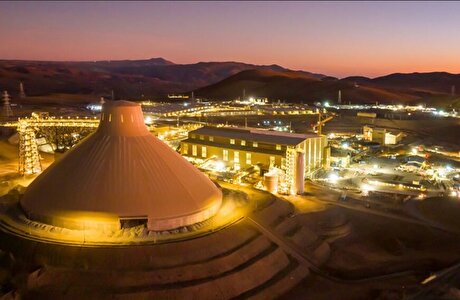
Copper mine output to rise 2.9% annually over next decade, says Fitch’s BMI

Taseko more than doubles value of Yellowhead project near Gibraltar

Silver price surges to 14-year high amid mounting trade tensions
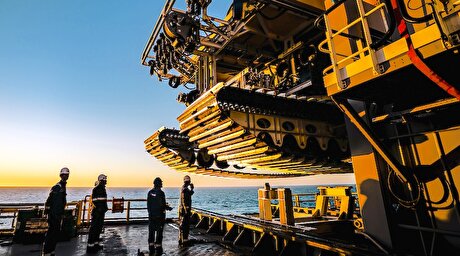
Lockheed Martin reboots Pacific seabed mining plans
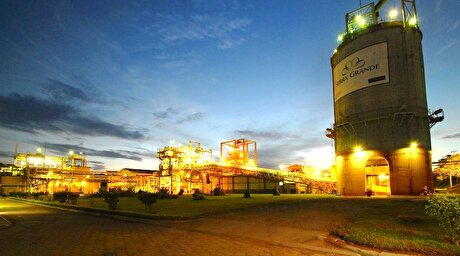
Aura Minerals makes US listing debut

Newmont nets $470M from selling Greatland, Discovery Silver stakes

Rinehart urges Rio Tinto to shift main office to Australia

Rio Tinto picks iron ore boss Simon Trott as new CEO

Gold price forecast gets 15% upgrade for 2025: LBMA poll

Apple invests $500M in Pentagon-backed MP Materials
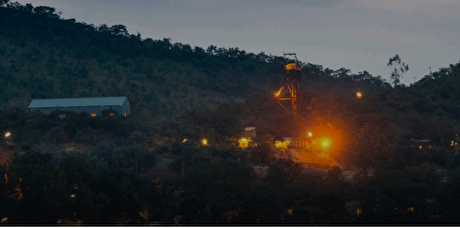
Namib to spend up to $400M to restart Zimbabwe gold mines
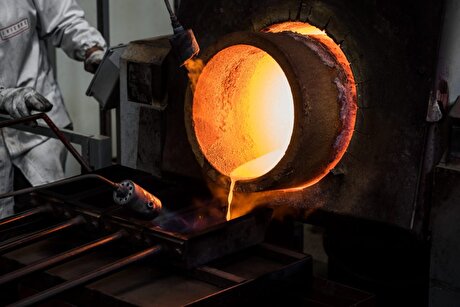
Critical Metals soars as it begins drilling to boost Greenland rare earth resource
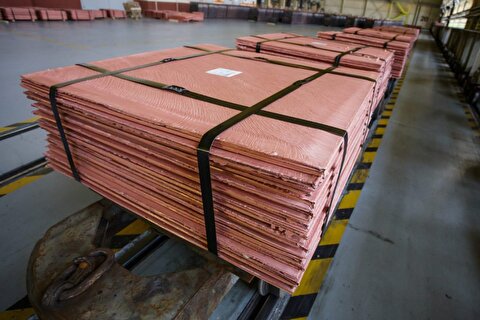
Trump’s 50% copper tariffs jolt US market as buyers slash imports and delay orders

Friedland backs Trump’s copper tariff as wake-up call

Rinehart urges Rio Tinto to shift main office to Australia

Newmont nets $470M from selling Greatland, Discovery Silver stakes

Rio Tinto picks iron ore boss Simon Trott as new CEO

Apple invests $500M in Pentagon-backed MP Materials

Namib to spend up to $400M to restart Zimbabwe gold mines

Trump’s 50% copper tariffs jolt US market as buyers slash imports and delay orders

BHP to explore battery partnerships with CATL, BYD

Silver price surges to 14-year high amid mounting trade tensions

CHART: Nvidia hits $4 trillion – how do mining stocks stack up?

